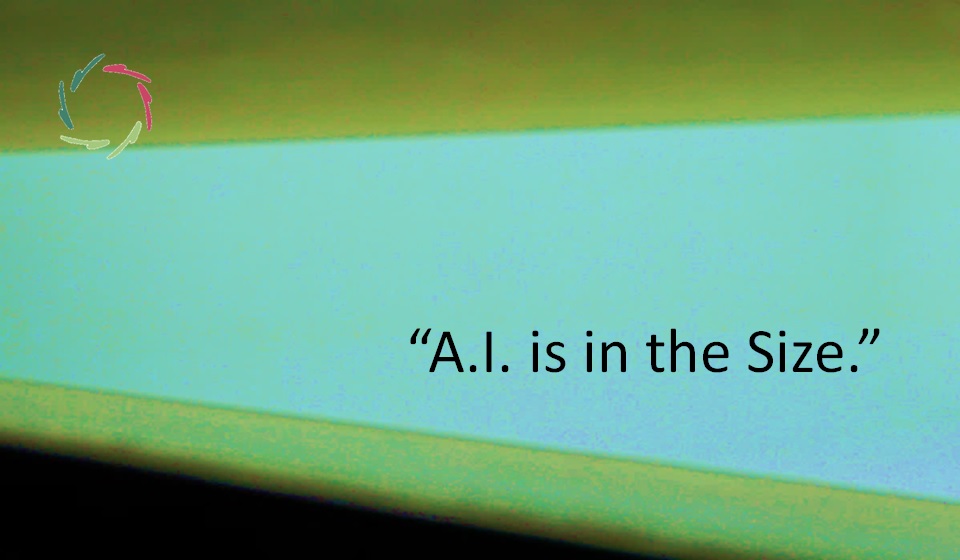Societal Inner Dissociation and the Challenge of Super-A.I.

The rise of artificial intelligence, particularly super-A.I., intersects with Societal Inner Dissociation (SID), presenting significant challenges and potential opportunities.
This blog is an exploration of the complex relationship between SID and super-A.I. (A.I. beyond human capabilities), examining how this might exacerbate or mitigate societal dissociation. This is part of the *SID* series. Please read the primary blog of this series for a basic understanding of Societal Inner Dissociation (SID).
A.I. as a driver of SID
Even inadvertently, A.I. has the potential to deepen SID by increasing societal complexity, replacing human interactions with automated processes, and amplifying superficial engagement. This could lead to a society that is increasingly more efficient on the surface but, at the same time, increasingly disconnected at a deeper level.
A.I. as a mirror
A.I. systems reflect the values and priorities of the societies that create them. If developed within a society already experiencing SID, super-A.I. could significantly amplify these dissociative tendencies in a vicious circle.
For example, if it is primarily designed to maximize efficiency or profit without considering profound ethical implications, it could exacerbate societal fragmentation.
A.I. as a potential healer
A.I. also holds the potential to help address SID if developed with the goal of enhancing human connection and understanding. It could be used to foster deeper insights into human behavior and create more inclusive and Compassionate social systems.
The challenge lies in ensuring that A.I. development is guided by values that promote profound integration from the inside out rather than deep dissociation. The distinction is not always straightforwardly evident.
Ethical blind spots
When A.I. is developed in the context of SID, there may be specifically SID-related ethical blind spots that lead to harmful outcomes even with ethical human intentions if these don’t take into account the total human being.
For example, A.I.-driven decision-making in areas like criminal justice or healthcare could lead to dehumanizing outcomes that exacerbate SID.
Loss of meaningful work and meaningful anything
The automation of jobs through A.I. can create widespread economic displacement. If societies do not address the deeper implications of this shift – how it affects an individual’s sense of purpose, identity, and connection – SID could be significantly deepened.
Meaningful jobs should be replaced by another meaningful pastime ― not as an add-on, but with A.I.’s specific use toward this as a fundamental right.
Surveillance and control
A.I.-driven surveillance systems can contribute to a sense of being constantly monitored, leading to heightened anxiety and a – real or perceived – loss of personal freedom.
In societies already grappling with SID, the introduction of pervasive surveillance could deepen feelings of mistrust and paranoia, further fracturing social cohesion. Nobody trusts anybody anymore ― room for much projection of personal inner dissociation.
Leveraging A.I. to address SID
Super-A.I. also offers unique opportunities to address SID, offering personalized and early intervention for those struggling with dissociation-related issues.
A.I. could also be used in education to tailor learning experiences that nurture emotional intelligence and self-awareness, thereby reducing SID in future generations.
Perhaps most notably on a global scale, A.I. has the potential to facilitate global collaboration by breaking down language barriers, providing real-time insights into complex global challenges, and fostering cross-cultural understanding.
The role of leadership
It is crucial that those in positions of power understand the implications of A.I. and make informed choices that prioritize societal well-being. This involves a deep understanding of human psychology, social dynamics, and the risks of SID.
Leaders should cooperate to ensure that A.I. contributes to a more integrated, cohesive global society rather than deepening existing divides. For instance, involving a diverse range of stakeholders in discussions about A.I. can help prevent the development of A.I. systems that exacerbate SID and instead create technologies that promote integration.
The ‘force inside’
As we navigate this new era, it is essential that we approach A.I. not just as a technological advancement but as a powerful force that could either heal or harm the social fabric.
This force is not mainly the power of the A.I. itself but the human Inner Strength that Open Artificial Intelligence may foster in each of us.


